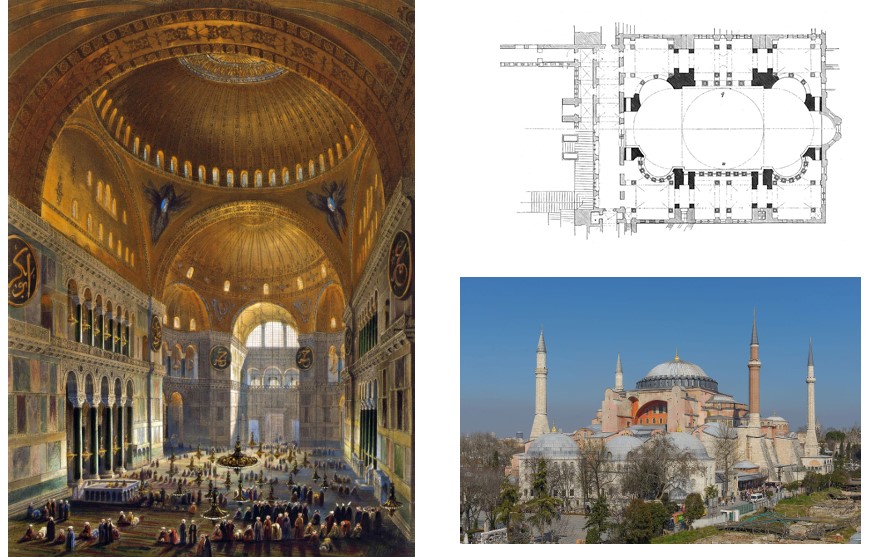Arch 214a- Midterm 2 Identification Cards
1/23
There's no tags or description
Looks like no tags are added yet.
Name | Mastery | Learn | Test | Matching | Spaced |
|---|
No study sessions yet.
24 Terms
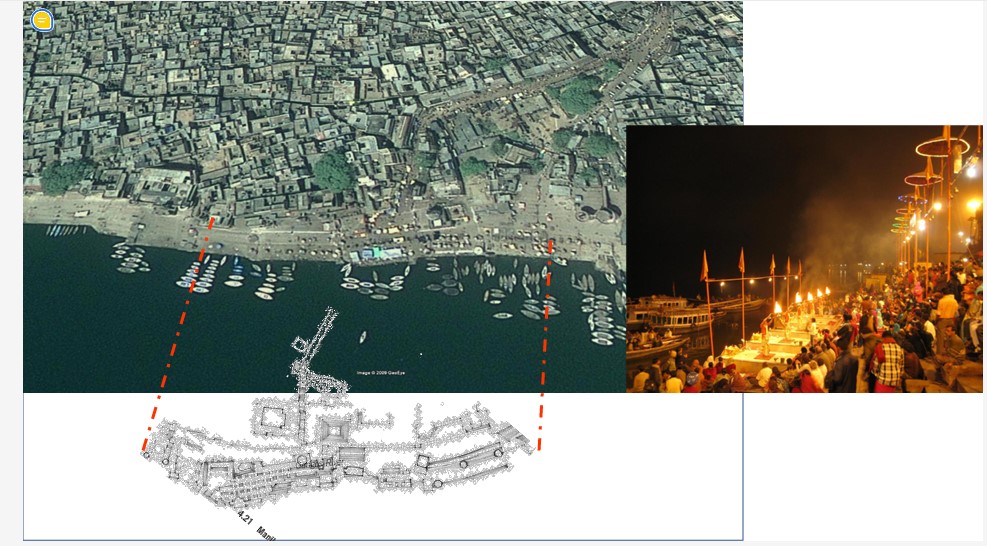
Ghats
Varanasi
c.1000 BCE (rebuilt 19th century)
Significance :
Ghats
Varanasi
c.1000 BCE (rebuilt 19th century)
Ghats- Stairs
orientation and cosmology- movement around the North Star depicted in Swastika
bathing has spiritual significance— holy water
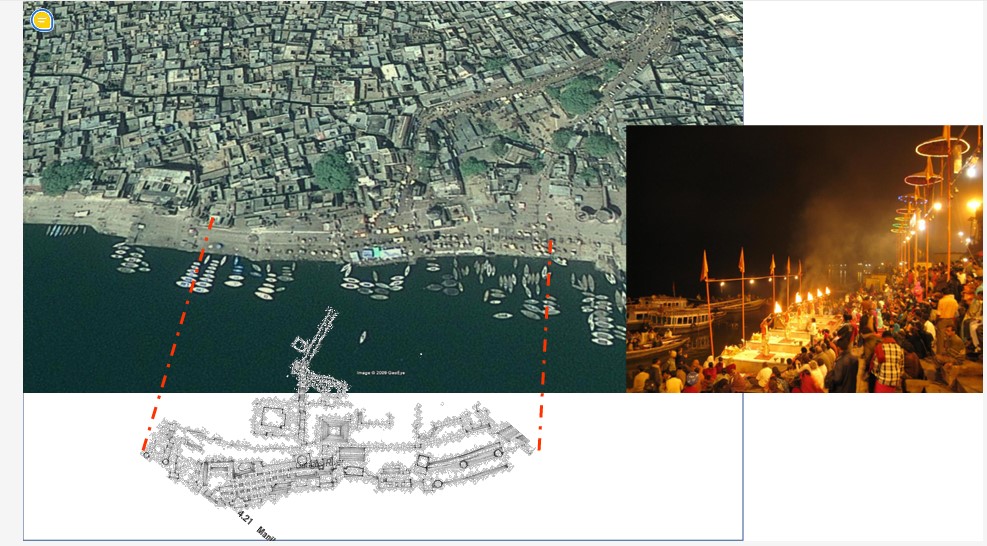
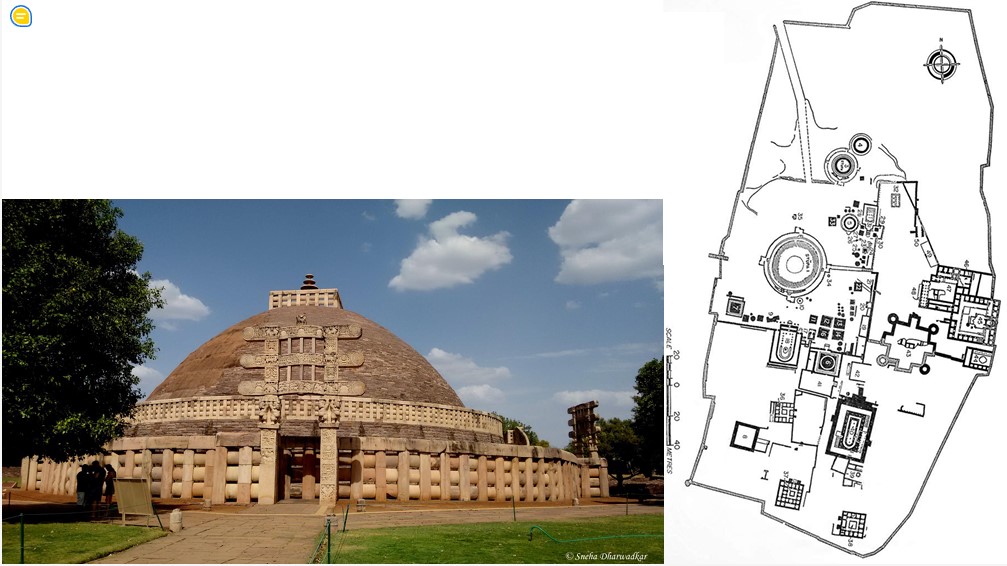
Great Stupa
Sanchi India
250-BCE- 250 CE
Significance:
Great Stupa
Sanchi India
250-BCE- 250 CE
a physical manifestation of church and state (Asoka’s reverence of the Buddha)
RELICS housed inside
built along trade routes with homes for monks— this allowed the spread of Buddhism and also let merchants become MENDICANTS (people who gave up their possessions to become like the Buddha)
image of the stupa on the TORANA (ceremonial gateway)
PRADAKSHINA-PATHA a pathway to circle the stupa, connects to the mandala and swastika
COMPARE: Varanasi
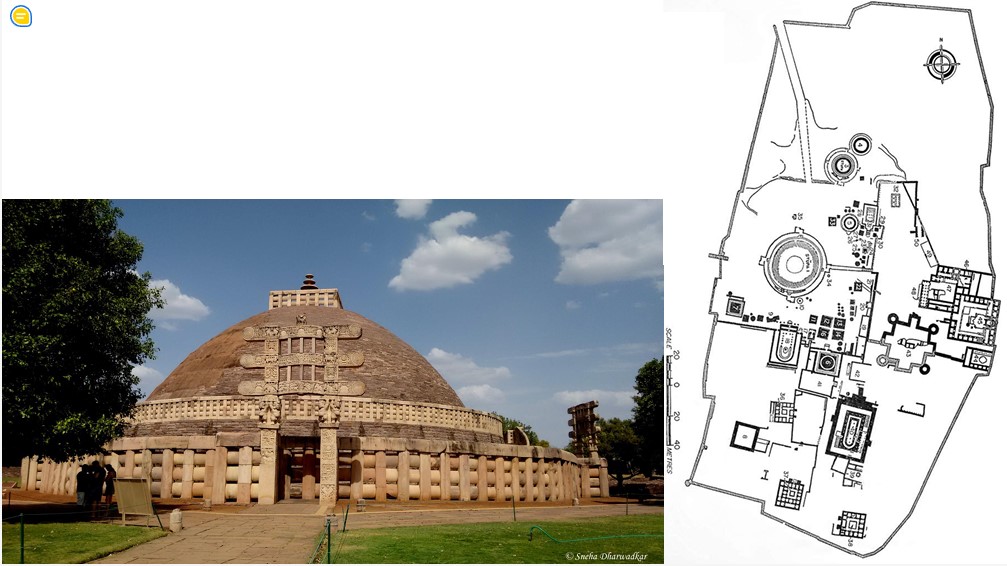
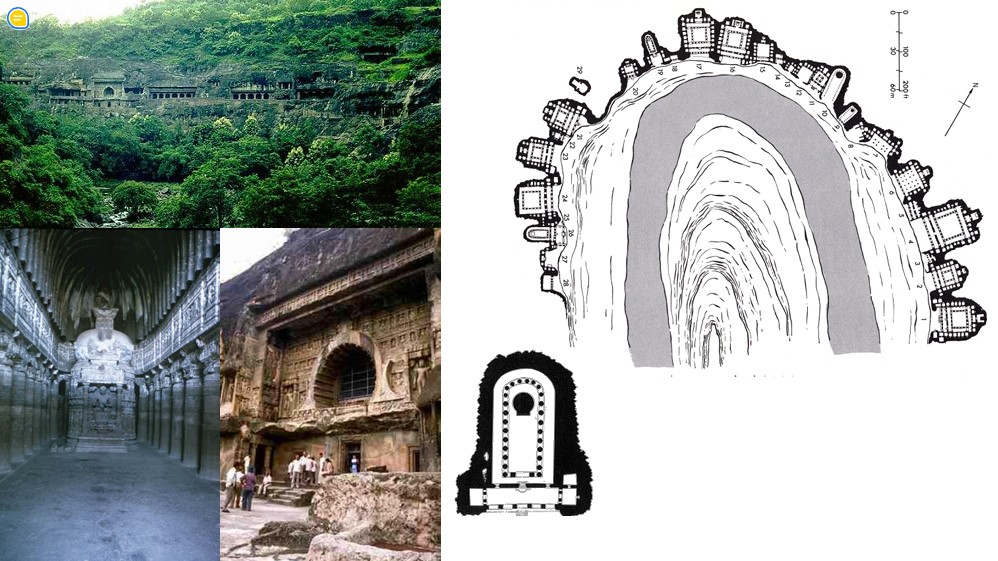
Ajanta Cave Chaityas
Ajanta, India
150 BCE-650 CE
(chaitya 26 shown)
Significance:
Ajanta Cave Chaityas
Ajanta, India
150 BCE-650 CE
(chaitya 26 shown)
a place of worship, shrine, prayer hall and a place of living for the Buddhist monks
The Ajanta caves were to celebrate a royal marriage— a physical manifestation of a connection of kingdoms. the largest assemblage of rock-cut chaityas and viharas anywhere in south Asia
imitating timber through stone, rock cut
a place to stay and be educated, with liturgical Buddhist symbolism and artistic programs to reach nirvana
COMPARE- Petra
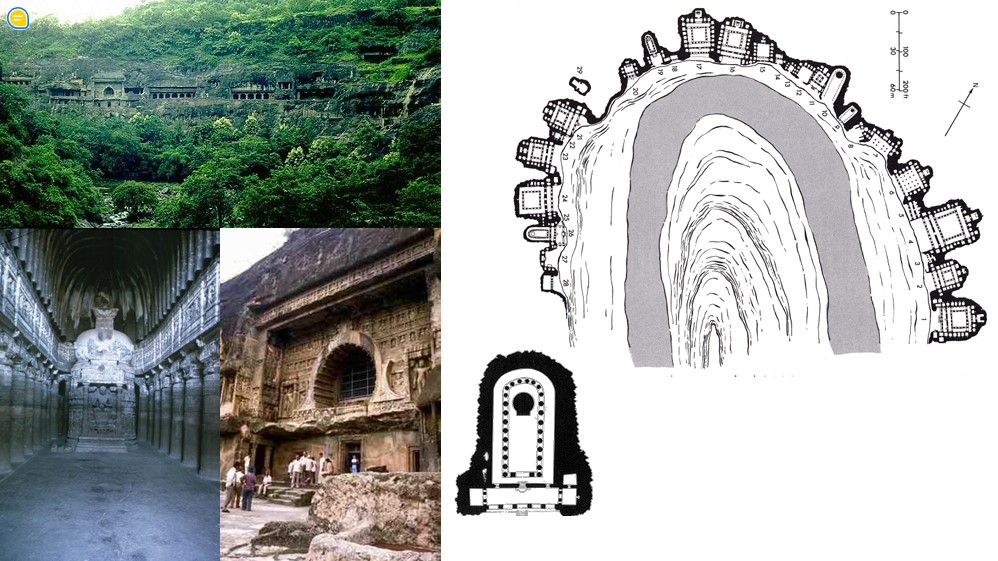
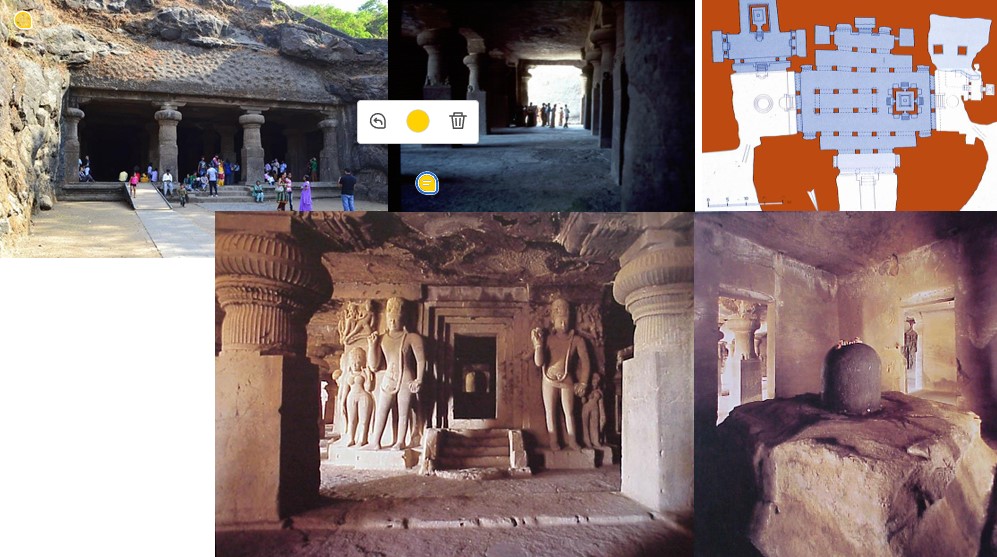
Shiva temple at Elephanta India, mid-6th century CE |
Significance-
Shiva temple at Elephanta
India,
mid-6th century CE
on a trade route, rock cut
hypostyle hall
Chaicha Circumnavigation (swastika, mandala)
Lingam inside chambers (connects to god Shiva and fertility. Subliminal sexuality and sacred phallus)
West facing- sunset
Refined vs “unfinished“ areas
COMPARE- Petra, Ajanta caves
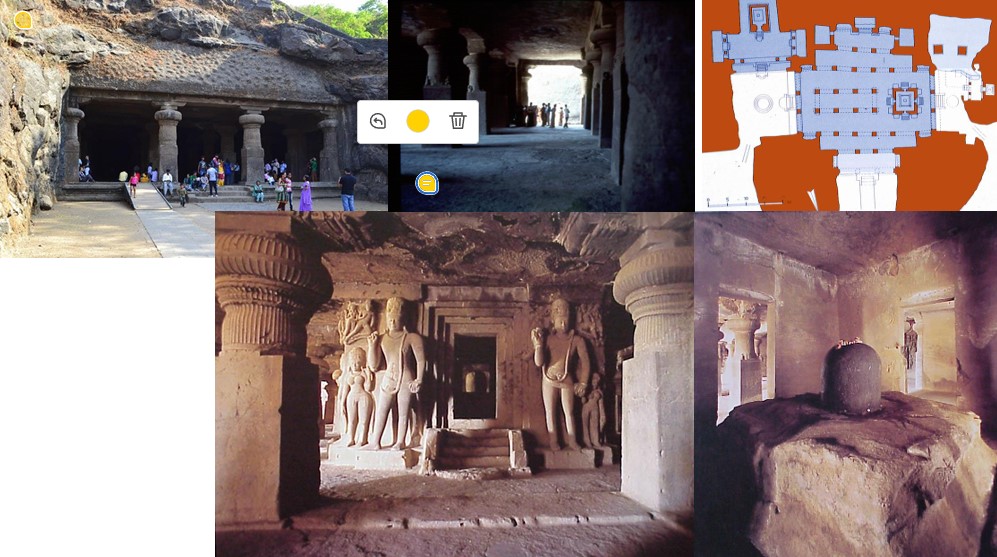
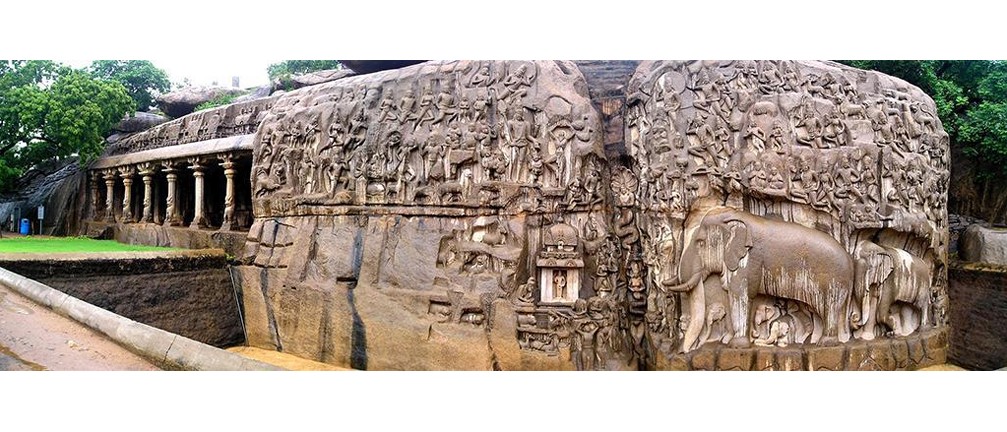
Descent of the Ganges
Mahabalipuram (Mamallapuram)
India 670
Significance-
Descent of the Ganges
Mahabalipuram (Mamallapuram)
India 670
water imagery and ornamentation of the site
elephant analogous with a living mountain
Shiva’s mercy to bring water to the earth for purification and alleviating a drought
COMPARISON- the same river that the ghats connect to
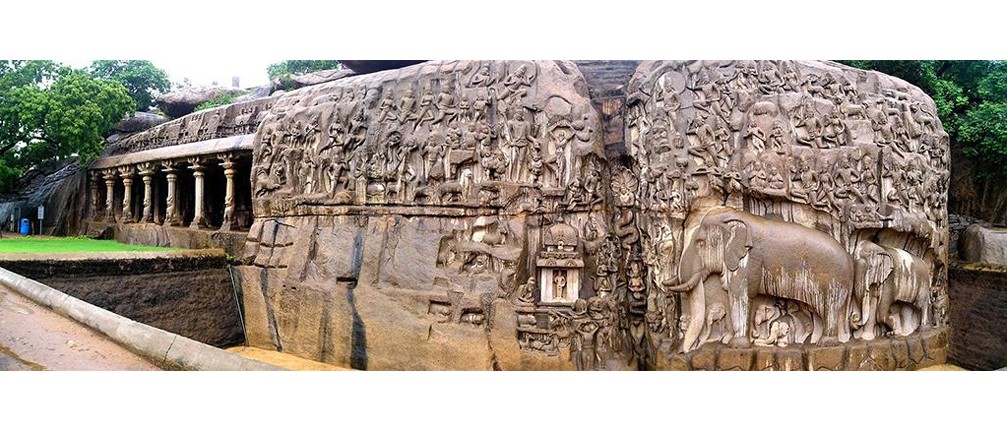
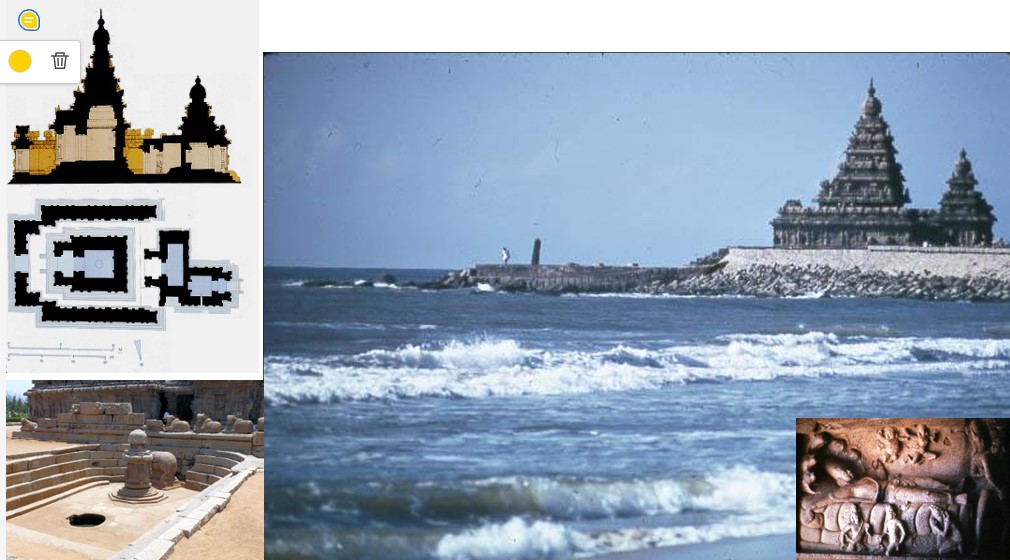
“Shore” Temple at Mamallapuram
c.700-735
Significance-
“Shore” Temple at Mamallapuram
c.700-735
direct inspo from rock formations on the shore, plus the worship of Shiva and other gods (Jainism)
GRABHA GRIHA (womb chamber) and LINGAM
Rock cut and free standing, with multiple shrines inside
Vishnu and snake sleeping
Both culmination of religious harmony of the gods and worked as a lighthouse to sailors- iconic landmark.
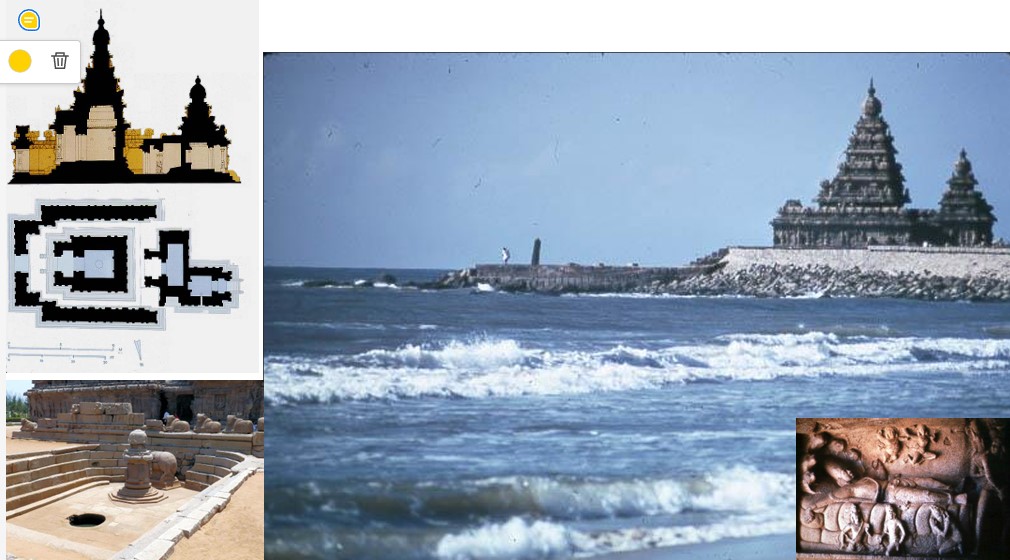
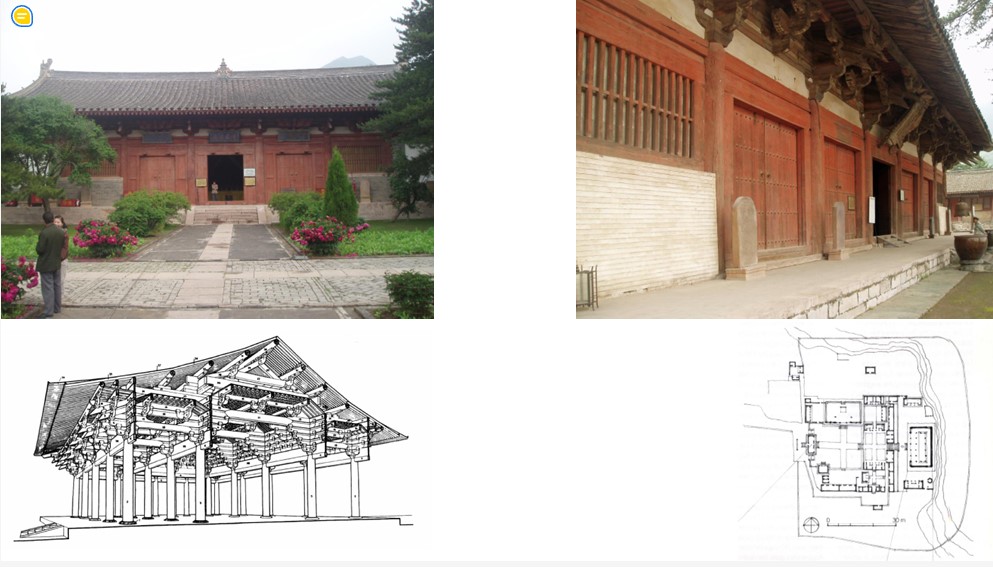
Foguang Temple
Shanxi Province, China
Northern Wei Dynasty, 857 CE
Significance-
Foguang Temple
Shanxi Province, China
Northern Wei Dynasty, 857 CE
tognog style, 6 columns across with engaged columns
bayed roof with bracket systems
buddha hall and framed courtyard,
key orientation of north and south entrances

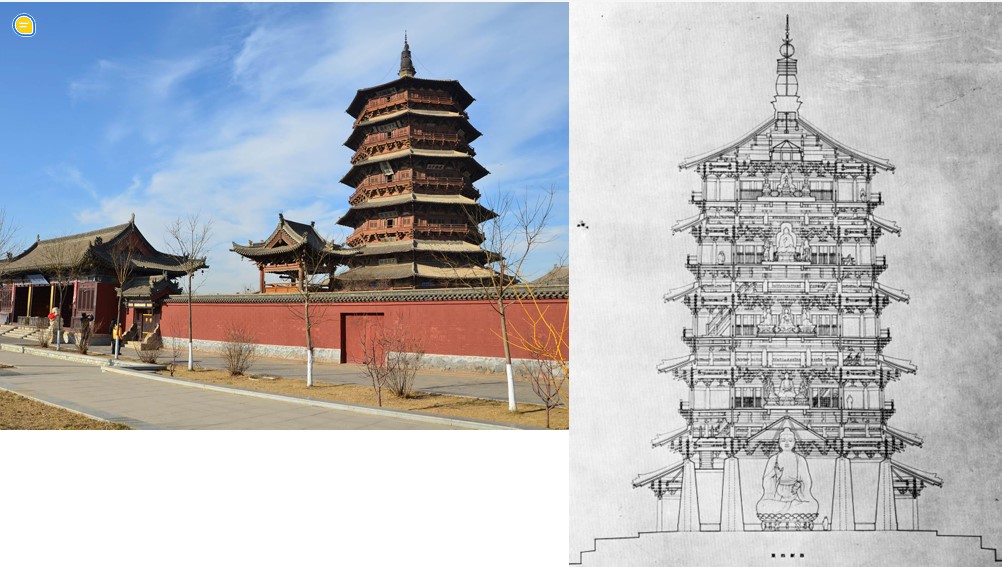
Fogong Pagoda
Shanxi Province, China
1056 CE
Significance-
Fogong Pagoda
Shanxi Province, China
1056 CE
buddha elevated on 4 moon terraces
3 levels each a separate structural entity
tied by 54 different bracket types
Buddha sits in the middle of the open space— again to the mandala and swastika
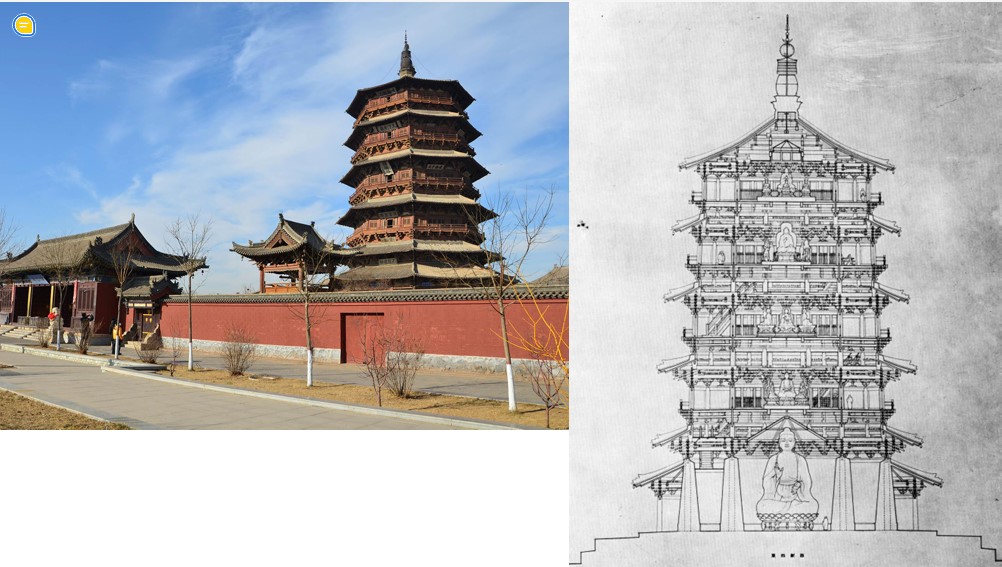
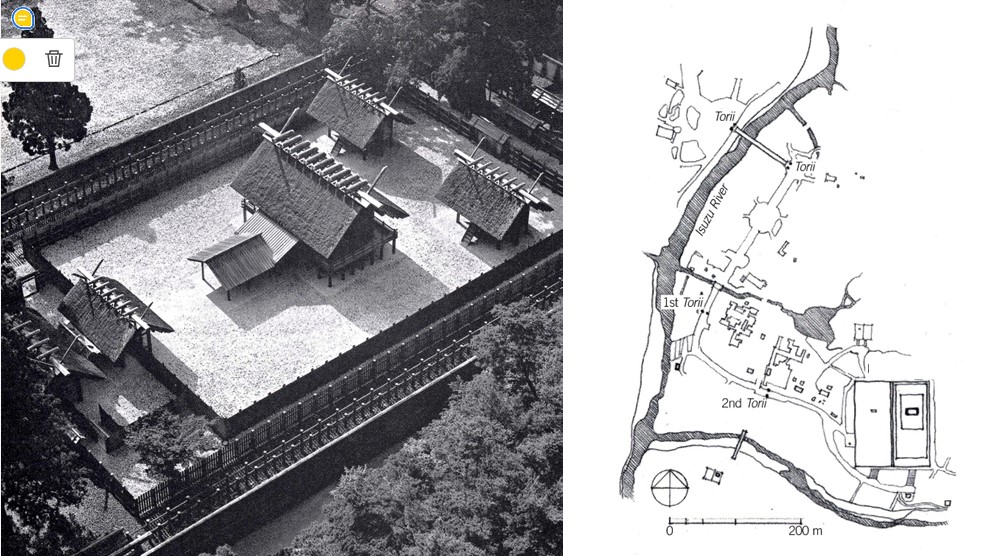
Ise Naiku (Inner Shrine)
Nara, Japan
690 CE/2013
Significance-
Ise Naiku (Inner Shrine)
Nara, Japan
690 CE/2013
destroyed and rebuilt ritually every 20 years since the 7th century
center of Shintoism
“the soul of Japan“
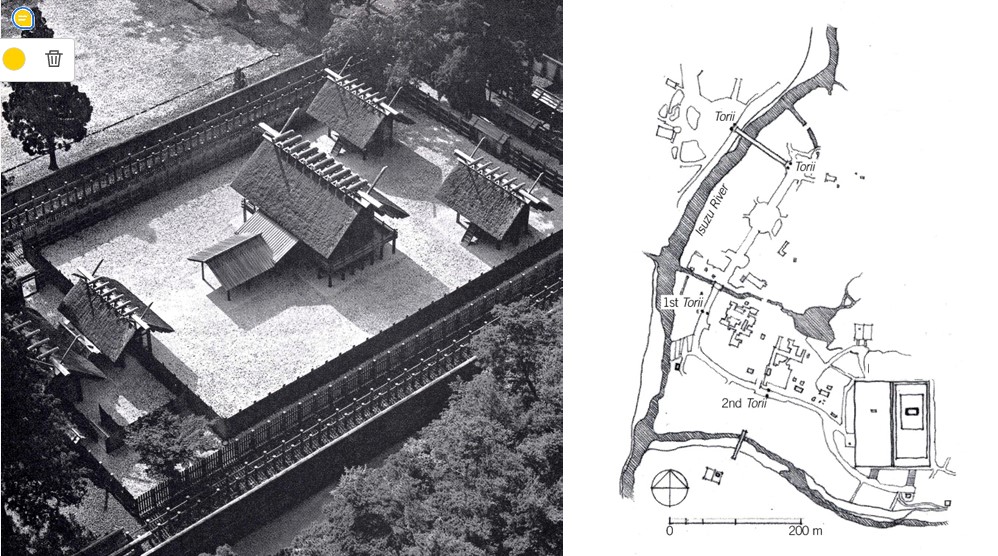
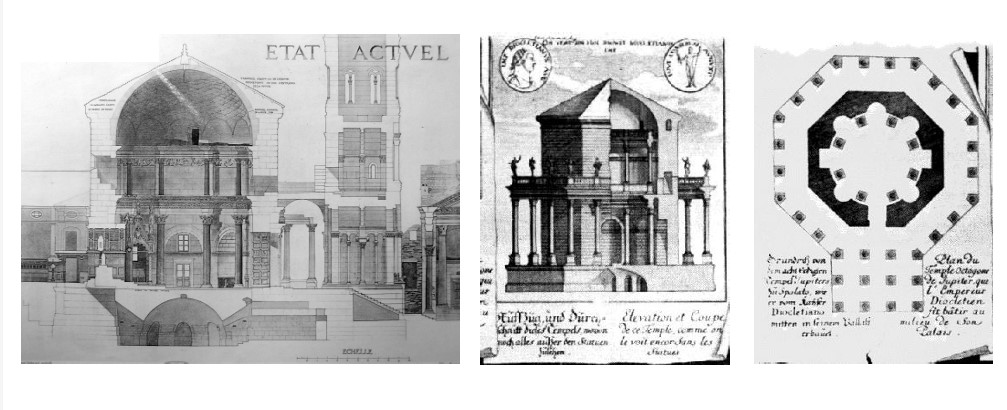
Mausoleum of Diocletian
Split,
305 CE
Significance:
Mausoleum of Diocletian
Split,
305 CE
half greek half Byzantine
imperial city palace and sea fortress
grid system (quadrants) reminiscent of Roman military camps
originally temple of Jupiter and mausoleum signifying the divine ascent of Diocletian but after the persecution and relic of Saint Dominus it became one of the oldest Christian cathedrals— Cathedral of St Dominus
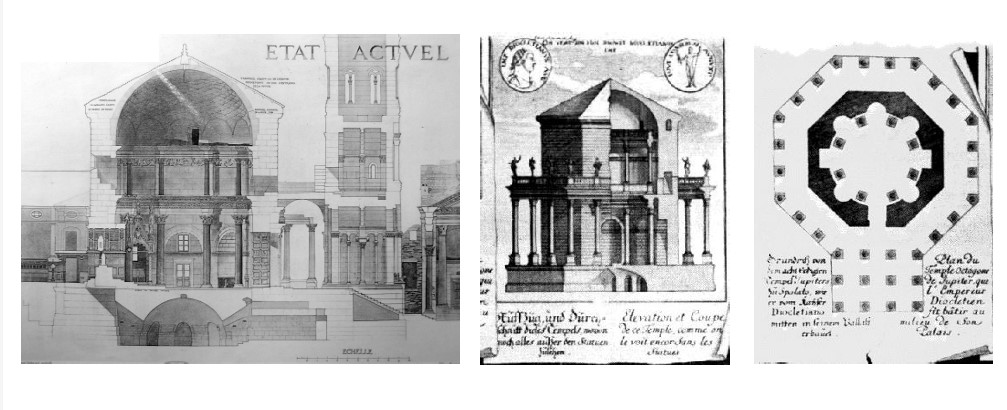
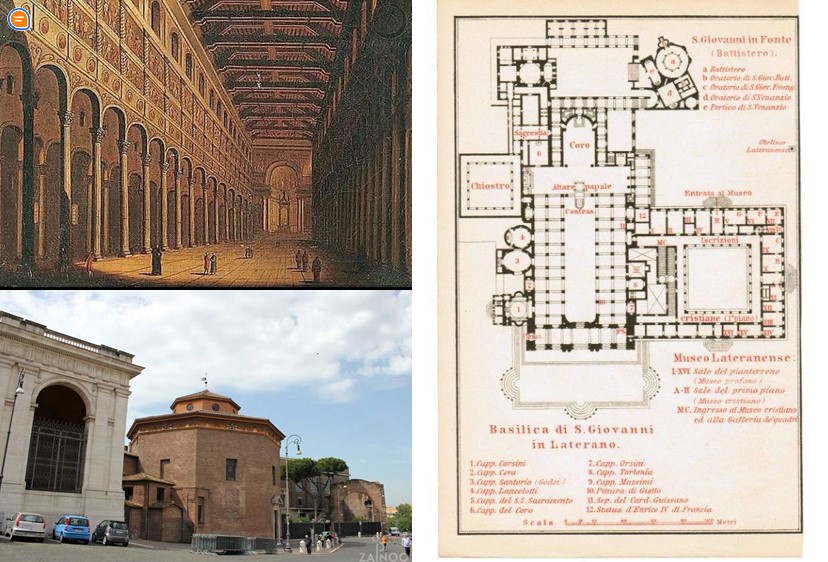
Basilica of St. John Lateran
Rome
313
Significance-
Basilica of St. John Lateran
Rome
313
After Constantine recognized Christianity (edict of Milan 313)
established a connection between martyrs + catacombs as meeting places and worship spaces by drawing from Roman architecture and history of Christianity
So much gold and beauty inside that it was called the golden cathedral (later plundered, though)

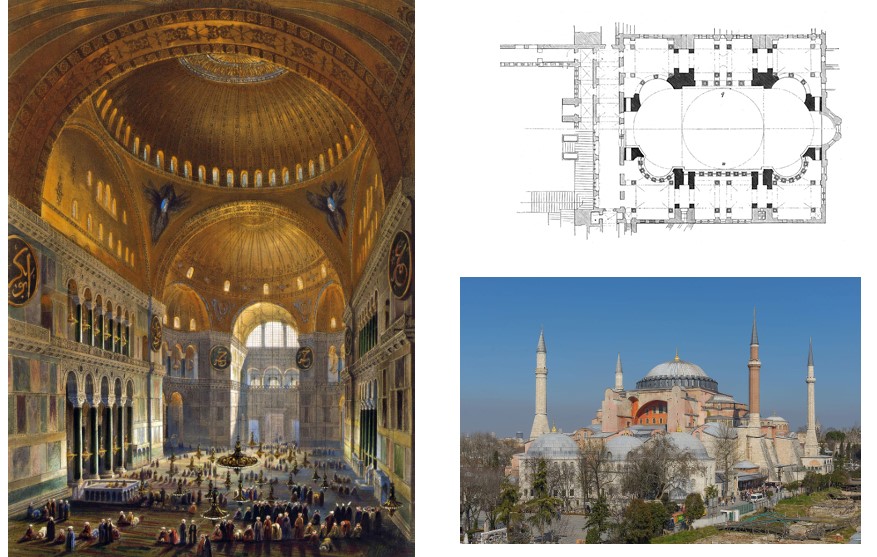
Hagia Sophia
Constantinople (Istanbul, Turkey)
532-537 CE
Significance-
Hagia Sophia
Constantinople (Istanbul, Turkey)
532-537 CE
originally built in 360 for the greek orthodox church by Constantinus (son of Constantine then in the city of Constantinople)
burned down twice, demolished, and rebuilt in 532 - domed roof and two Narthex
pieces from all around the kingdom
Byzantine emperors crowned there until Ottomans took over and renamed it Istanbul and turned into a mosque, nave in the wall to Mecca
